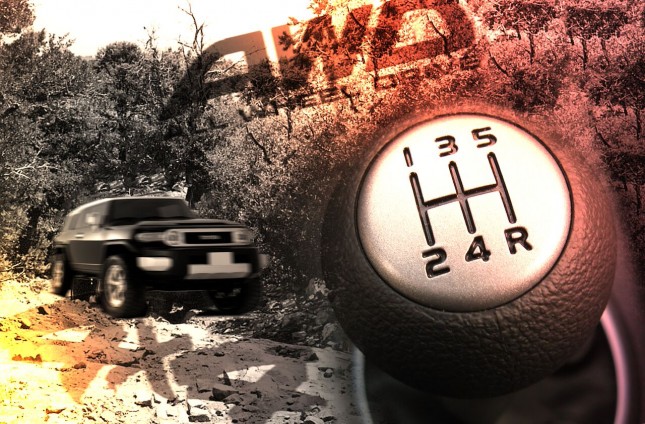
I’ll be honest, I once didn’t know the difference between a car and an SUV, except for that one was obviously bigger than the other. Of course, I didn’t know what the silver “AWD” on the back stood for! The cars with extra letters on the back just means it’s a better model than the base, right? Thankfully, I have since learned the difference between FWD, and AWD, and all the drives in between, and I’m excited to pass this knowledge on to you.
Lets start with FWD. FWD stands for front-wheel-drive and it’s standard on most sedans. This simply means that the power that propels your car forward comes from the front tires, and the back wheels are just along for the ride. Cars with FWD are generally lighter in weight because the drive shaft is shorter. There is less weight in the drivetrain overall, so they tend to get the best gas mileage. Since the drive wheels are beneath the heavy engine, FWD vehicles often get better traction. This is also a huge plus for rainier climates, since the weight placement helps the wheels to drive straight if you lose traction, so you’re at a lower risk to fishtail. All in all, there is a reason that most cars come standard with FWD — it makes for a really great drive.
Next, there is this thing called RWD. RWD stands for rear-wheel-drive and is really common in sportier vehicles. When a car accelerates quickly, the weight of the car moves back, and the weight on the drive wheels allow it to gain more traction. In addition, RWD vehicles tend to have more equal weight distribution between the front and rear allowing it to turn more easily and naturally. Also, the suspension in the front doesn’t have to be jammed into such a little space, so the arms and rods can be longer, allowing them to last longer than the narrower angled parts of a FWD vehicle. In a lot of ways, rear-wheel-drive is the opposite of front-wheel-drive. All you have to decide is which one suits you best.
I’ve heard 4WD and AWD used interchangeably. Although they are similar, and in many ways serve the same purpose, there are a few key differences. Four-wheel-drive, also known as 4×4, 4WD, and Four by Four, distributes the maximum power from the transmission equally to every wheel. This is perfect for whenever you’re going over rough terrain. This function takes a lot more power and consequentially, much more gas. Thankfully, most 4WD models have an on/off switch, so you can turn it off when you don’t need 4WD.
AWD or all-wheel-drive, is a much newer innovation, and brings with it a little more complexity. Unlike a 4WD vehicle, AWD is on all of the time. AWD works to get power to the wheels by splitting capacity between two wheels or the front and rear axles. Because of this, it isn’t quite as robust as 4WD and it can’t match the same levels of traction in extremely low-speed off-roading that 4WD provides. For the less extreme off-roader who wants a better grip and handling in every road condition, AWD is a perfect match.
You may think to yourself, ‘So, which one is best?” If there was an answer to that, there would only be one kind of drive out there. Now that you know the differences between each, just determine which best suits your driving habits. Comment below and let me know which drive you like best!




No Comments